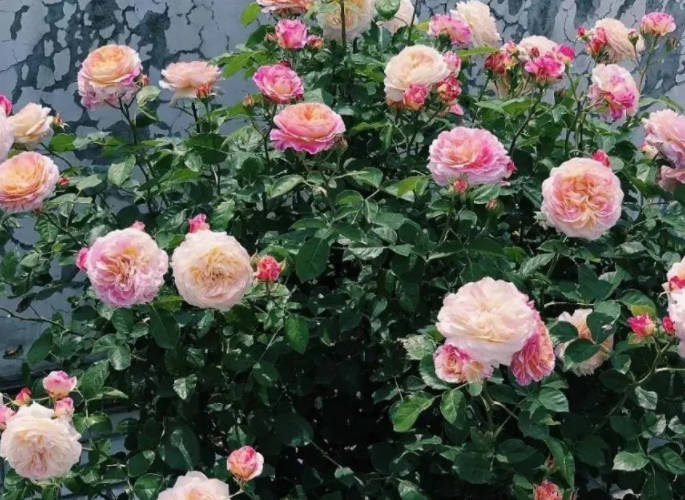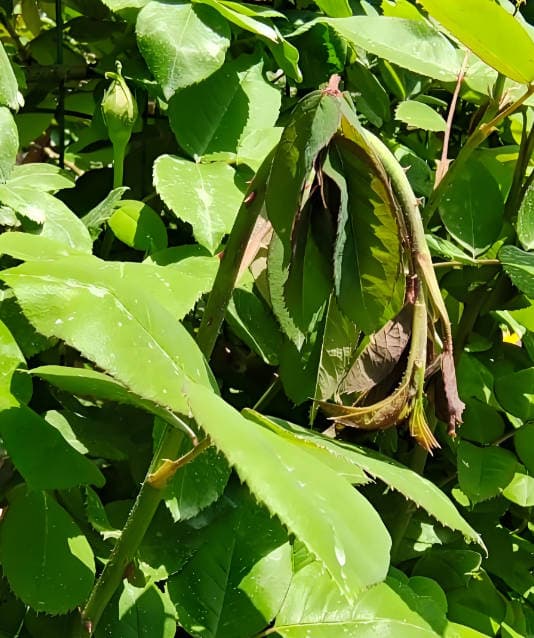Rose Care After Heavy Rain: Save Your Plants
It’s been a time of frequent rain, with many areas receiving continuous rainfall. The rainy spring combined with the warm weather of last winter is not good news for roses. After a few days of rain, many florists have noticed that their roses have developed “long hairs” on their plants.

Of course, the term “ingrown hairs” is a bit of an exaggeration. Under normal circumstances, this is rare. However, all joking aside, this phenomenon is mainly caused by wilted branches that have not been pruned in time, coupled with a prolonged period of humid conditions. The problem can be solved by cutting off the dead branches and applying a fungicide such as carbendazim to the cuttings.
Although “long hairs” are rare, yellow leaves and black spots caused by prolonged rainy weather are very common, especially this year when the incidence of pests and diseases is significantly higher than in previous years. To prevent pests and diseases in roses, in addition to the use of pesticides, you can reduce the risk by removing some leaves and branches in advance.
Properly Remove Rose Leaves to Prevent Pests and Diseases

This potted rose has developed a lot of yellow leaves after a week of continuous rain and has visible black spots on the leaves. It is essential to remove these yellow leaves as soon as possible while the rain stops.

If these yellow leaves are not removed in time, they will naturally fall off and accumulate in the pot, and the rotting process will increase the risk of roses contracting diseases. Therefore, removing yellow leaves in advance is a better option. It is also advisable to remove or prune some of the old leaves and blind branches as well, because black spot on roses infects the old leaves first, and red spider is also the first to appear on the old leaves.
If you remove the old leaves at the bottom in advance, the disease and red spider on the surface of the potting soil will be less likely to infect the new leaves. Pruning internal blind branches not only enhances the ventilation inside the plant, but also effectively reduces the occurrence of yellow leaves, black spot and red spider.

For those of you who are not sure what a blind branch is, here is a simple explanation: a blind branch is a branch that has no terminal bud. Blind branches are usually found in the interior of the rose plant or on weak branches and should be removed. In the case of branches that become blind after a period of growth, they can be pruned back rather than broken off completely; however, if they are thin and weak, it is recommended that they be removed outright.
However, if your rose seedlings are still very small, then the outer blind branches should be retained as the seedlings have a weak root system and need to rely on these leaves to photosynthesize in order to make nutrients.

After cleaning up, the pot of roses looks much fresher. But that’s not enough, take advantage of the fact that it’s not raining and give it a quick spray of a fungicide, such as a mixture of carbendazim and imidacloprid, which is effective against black spot and aphids.





